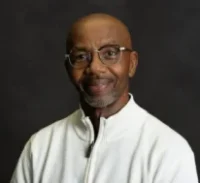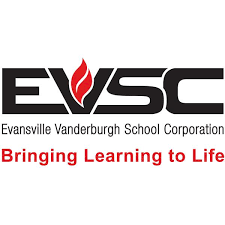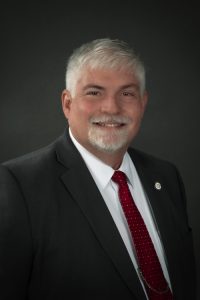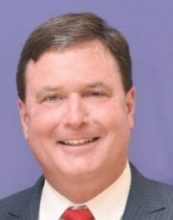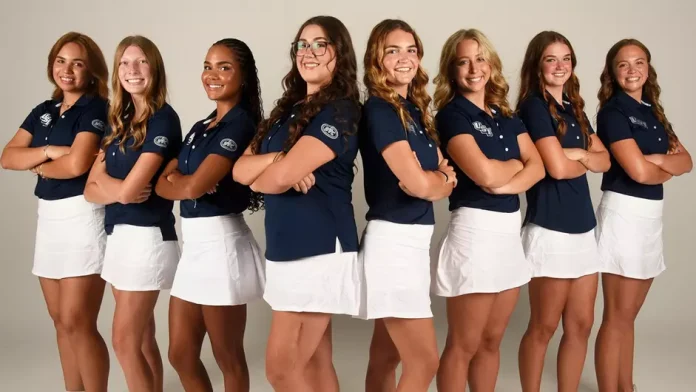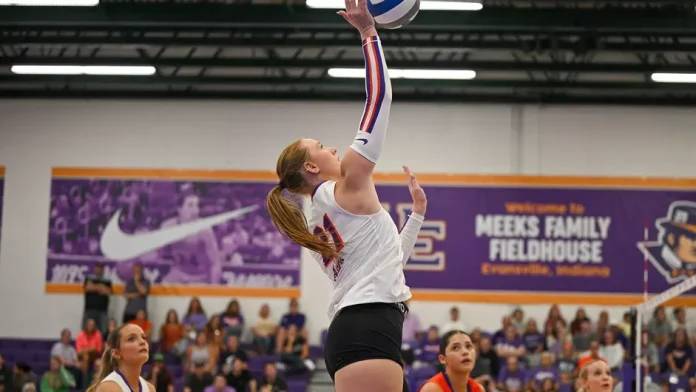UE defeats Florida A&M and Queens
ATLANTA – Friday’s opening day of the GSU Invitational was a successful one for the University of Evansville volleyball team who defeated Florida A&M to open the tournament before completing the day with a 3-1 triumph over Queens.
“Today wasn’t always our cleanest day, but we’ll always be happy with two wins! I’m so proud of how we persevered and adapted throughout the day; both FAMU and Queens put systematic pressure that we haven’t seen yet in this young season, and while it took us a minute to adapt, everyone rose to the challenge,” UE head volleyball coach Zach Weinberg said. “Our grit and defensive effort continues to impress me. It’s a great day to be an Ace!”
MATCH 1 – UE 3, Florida A&M 2
Josdarilee Caraballo and Chloe Cline led UE with 11 kills apiece as UE opened the day with a victory. Kora Ruff and Lexi Owen wrapped up the match with 24 and 23 assists, respectively. Ainoah Cruz led all players with 28 digs while Caraballo registered 19.
Set 1 – UE 25, FAMU 21
Florida A&M jumped out to a 5-1 lead to open the match. Hinsley Everett got UE back on track with an ace before Ryan Scheu picked up back-to-back kills to tie the set at 7-7. A bad set by the Rattlers gave Evansville its first lead at 9-8. The teams swapped the lead on multiple occasions but it was the Aces who were able pull away in the late stages. Up 19-18, Evansville outscored FAMU by a 6-2 score to close out a 25-21 win. Ainoah Cruz picked up an ace during the late rally.
Set 2 – FAMU 25, UE 20
Another big start saw the Rattlers jump out to a 10-5 advantage but unlike the first set, FAMU held the lead for the duration of the frame. UE cut the deficit to three at 10-7, but Florida A&M countered to go up 17-10 before tying the match with a 25-20 victory.
Set 3 – FAMU 25, UE 23
Once again, it was Florida A&M taking control in the early moments as they went up 11-6. Lexi Owen and Sabrina ripple assisted on a block that cut the deficit to 11-8, however, the Rattlers pushed the lead to seven points at 16-9. Evansville never gave up as they chipped away at the FAMU advantage. McKenzie Laubach picked up a kill that made it a 21-18 game before UE got within one at 23-22 on a bad set by FAMU. The Rattlers overcame the late rally by UE to take a 2-1 match lead.
Set 4 – UE 25, FAMU 23
Consecutive aces by Caraballo set the Aces up with an early 3-1 lead before the Rattlers utilized an 8-3 stretch to go up 9-6. Both squads assumed the lead during the middle portion of the set, but it was a late run by the Aces that sent the game to a fifth set. Trailing 21-20, Laubach and Brooke Herdes picked up kills to open a 4-0 run. After two quick points by FAMU, Cline and Laubach combined on a block to seal a 25-23 win.
Set 5 – UE 15, FAMU 13
After opening the set with a 3-1 lead, the Aces sealed the match with a 15-13 decision in the fifth set. While UE allowed the Rattlers to tie the set on a few occasions, FAMU never took the lead. Following the quick start by Evansville, Florida A&M tied it up at 4-4 before Laubach put her squad back in front. Caraballo added a pair of kills that gave UE a 10-7 edge, but once again the Rattlers battled back to tie the score at 11-11. Another kill by Laubach gave UE the
lead for good as the Aces won by a 15-13 final.
MATCH 2 – UE 3, Queens 1
McKenzie Laubach registered a match-high 24 kills while hitting an efficient .409 to lift the Aces to a 3-1 win over Queens. Chloe Cline had 10 kills and Hinsley Everett added nine. Kora Ruff had 35 assists and 14 digs with Ainoah Cruz tying for the top dig tally in the match with 20. Sabrina Ripple notched five block assists.
Set 1 – Queens 25, UE 18
Queens opened the match on a 4-1 stretch to grab the early momentum before the Aces responded to tie the game at 5-5 when Kora Ruff picked up a kill. Later, it was Chloe Cline giving UE its first lead at 9-8 while McKenzie Laubach solidified a 14-11 advantage. The Royals scored three in a row to tie the score and the teams battled to a 17-17 tie. Queens took control, posting four in a row while completing the set on an 8-1 run to take the match lead.
Set 2 – UE 25, Queens 21
After the Royals scored the first two points, Evansville took a 3-2 lead on a Laubach kill and would hold the advantage for the duration of the frame. Sabrina Ripple added a kill to extend the lead to 10-7 while an error by Queens gave the Aces their largest lead at 18-12. Looking for a late rally, the Royals cut the UE lead to just two at 19-17. Another Ripple kill pushed the edge back to three and the Aces would knot the match with a 25-21 win.
Set 3 – UE 25, Queens 21
Game three was a battle from start to finish. Five early ties led to a 5-5 score before a kill from Hinsley Everett put UE in front at 7-5. After a Laubach kill made it a 10-7 game, Queens rallied to tie the score at 13-13 before jumping in front at 20-19. A pivotal stretch followed for UE as they scored the next four points to retake control while Laubach capped off the set with a kill and a 25-21 victory.
Set 4 – UE 25, Queens 20
Looking to send the match to a fifth set, Queens gained the early lead in the fourth set, opening on a 7-2 run. The lead for the Royals reached as many as seven points at 13-6 before UE changed course with a huge rally. An 8-1 stretch by the Aces tied the score at 14-14 with Cline notching three kills to bring her team back into the game.
After Queens retook a 15-14 lead, the Aces continued to roll. Three in a row by Evansville was the start of an 11-5 run that ended the match and sealed a 3-1 victory. The Aces look to complete a perfect weekend on Saturday against Georgia State at 1 p.m. CST.




